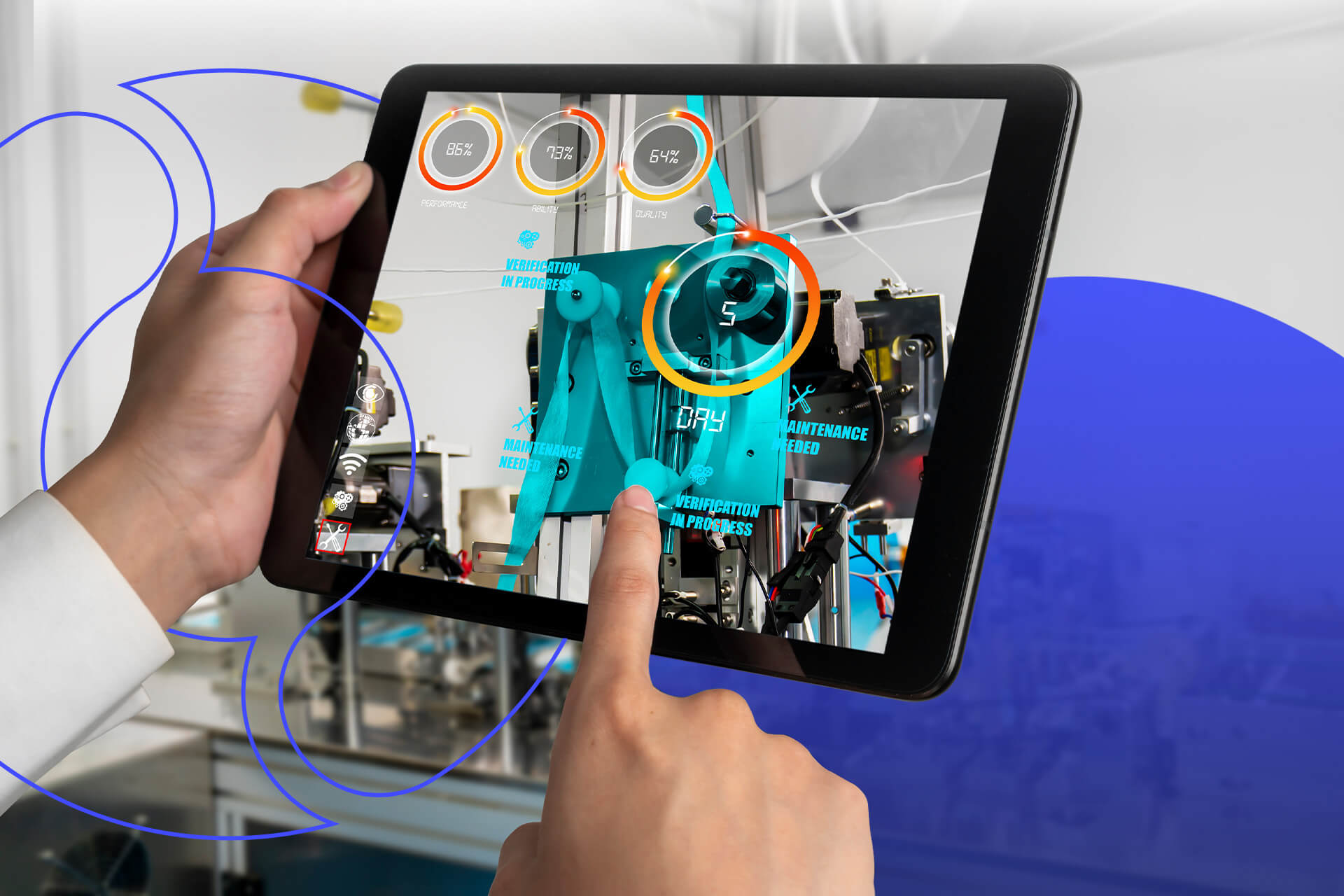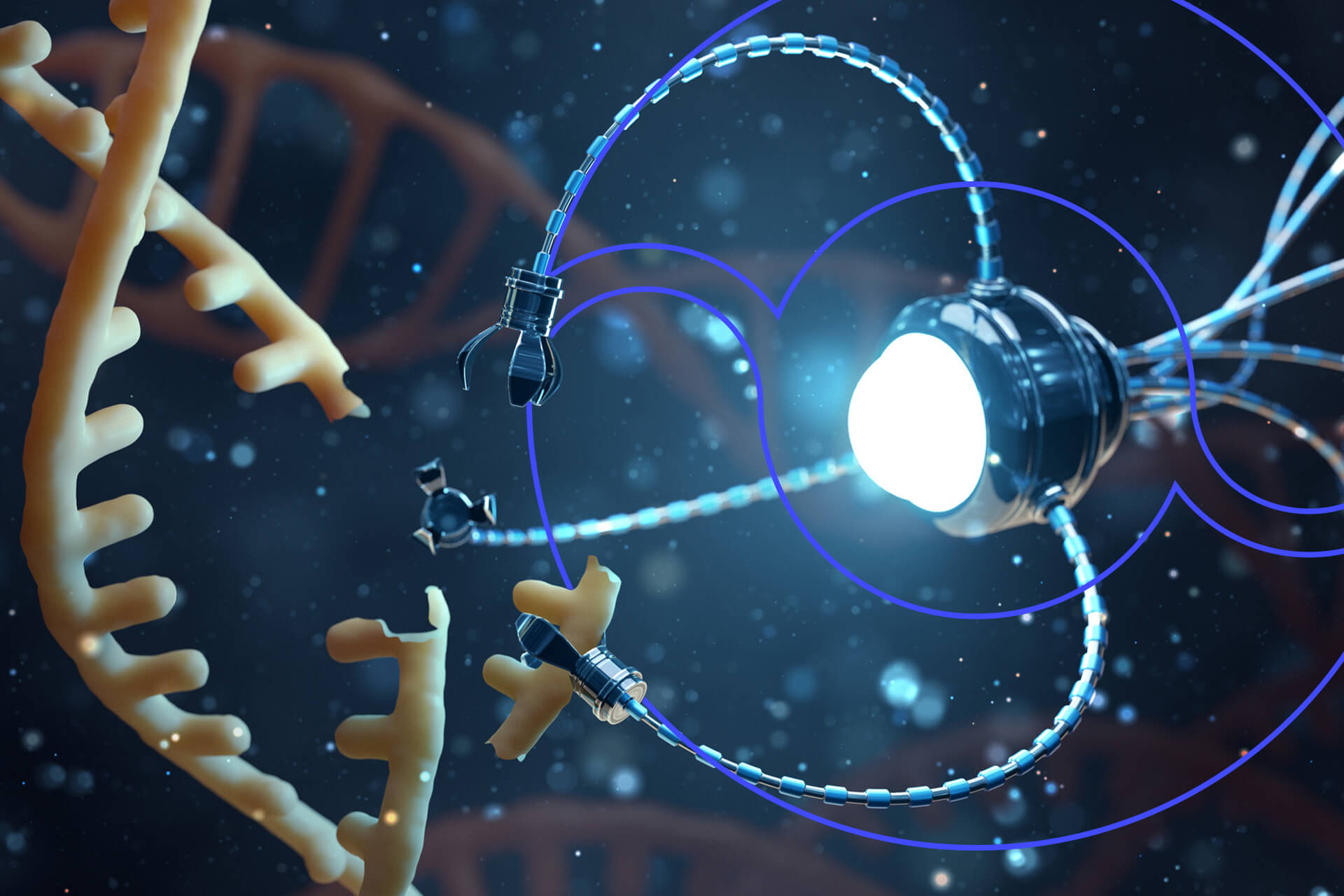



Revolutionized is reader-supported. When you buy through links on our site, we may earn an affiliate commision. Learn more here.
Microscopic robots traveling to tumors could be coming to a body near you. No, this is not the latest science fiction movie. It’s the future of healthcare. These robots, called nanobots, could change how doctors of tomorrow treat cancer and other diseases. Keep reading to learn about current nanobot treatment research.
Despite their name, nanobots are not robots as you may think of them. These microscopic, artificially created bots are not tiny versions of Wall-E. Just how small are they? You could fit 50,000 nanobots across the diameter of a single hair.
Though small, these tiny bots are mighty. Instead of mechanical robots, nanobots are biological. Scientists roll DNA to create these tiny bots, and DNA dictates the jobs of cells. Scientists program the DNA in the nanobots to conduct a variety of jobs. These jobs depend on exactly what the scientists want to target. Though cancer-fighting remains in the future, the medical uses of nanobots have shown this potential through current studies.
Today, scientists have used nanobots in mice to prove the technology works. One experiment tested whether a nanobot treatment could stop blood going to cancerous tumors in mice. By delivering drugs to the blood vessels that clotted the blood, the nanobots proved their ability. But this is not the only way scientists hope to kill cancer.
At Durham University in the United Kingdom, scientists created nanobots that could kill cancer cells in under a minute by drilling directly into the cancerous cells. These researchers have only studied fish and microorganisms so far. Currently, nanobots are not used in humans. But with the promising results of this study and others, it’s possible that oncologists could add nanotechnology to the arsenal they use to fight cancer in the future.
Researchers must overcome several obstacles before these tiny devices will work effectively in medical applications. Speed and accuracy of the nanobot placement pose serious problems. The bloodstream moves so quickly that nanobots traveling via the blood could be swept far past their intended location.
While injecting the nanobots into the bloodstream when the blood travels slower could help this, it does not solve the problem. How nanobots locate their target is also an issue. Currently, it does not have a way to distinguish between healthy and cancerous cells. Doctors deal with this same hurdle when treating cancer patients with chemotherapy. The drugs cannot kill off specific cancer cells — they instead destroy everything, cancerous and healthy cells.
Tracking the nanobots and keeping the body from expelling them are other issues scientists need to examine before human trials start. The advantage nanobots have by being small enough to interact directly with cells can also be a disadvantage because they are too small to detect. If scientists can determine how to track and steer nanobots and keep them in the body until the job is done, medical use of this technology will be much closer.
While nanobots are not ready for medical use today, they will be in the future. The medicine of tomorrow could see nanobots performing tooth repair, inducing sedation or detecting drugs on the breath. The future use of nanobots and nanotechnology will go far beyond cancer treatment to affect every aspect of medical care. Though still an emerging technology, it’s an exciting time for medicine and nanotechnology as the two merge together. Who knows, maybe we’ll be getting nanobot treatments in the future.
Revolutionized is reader-supported. When you buy through links on our site, we may earn an affiliate commision. Learn more here.


This site uses Akismet to reduce spam. Learn how your comment data is processed.